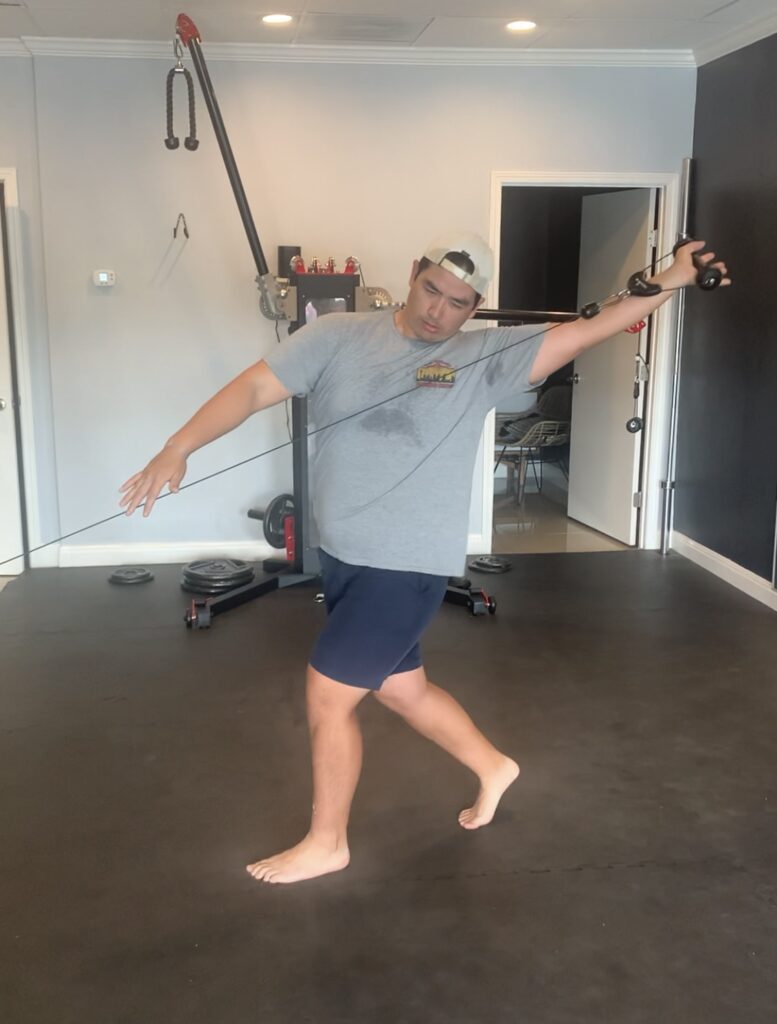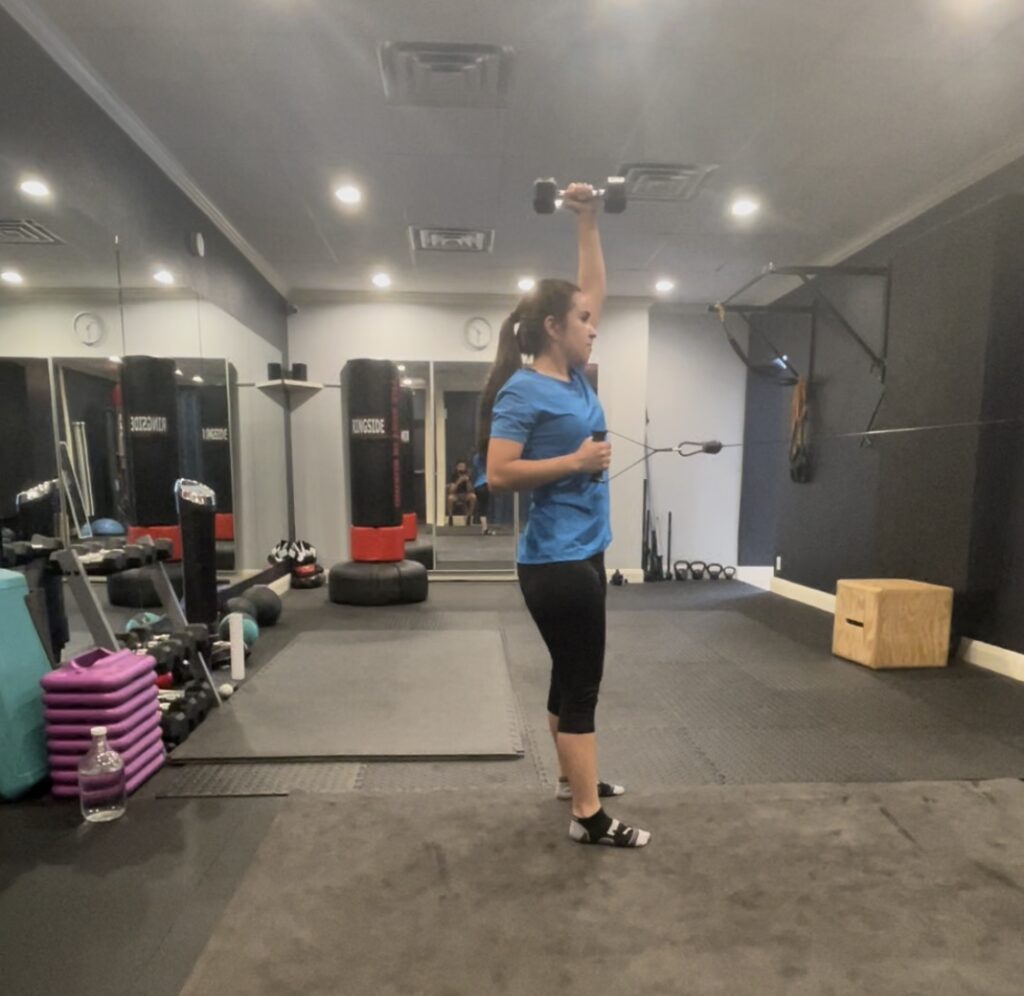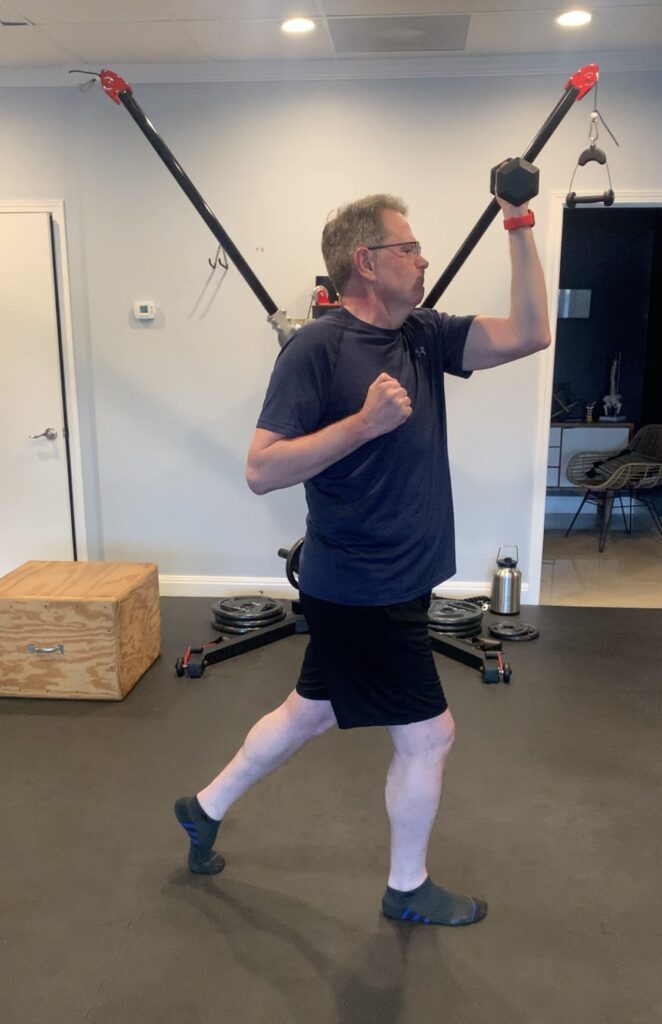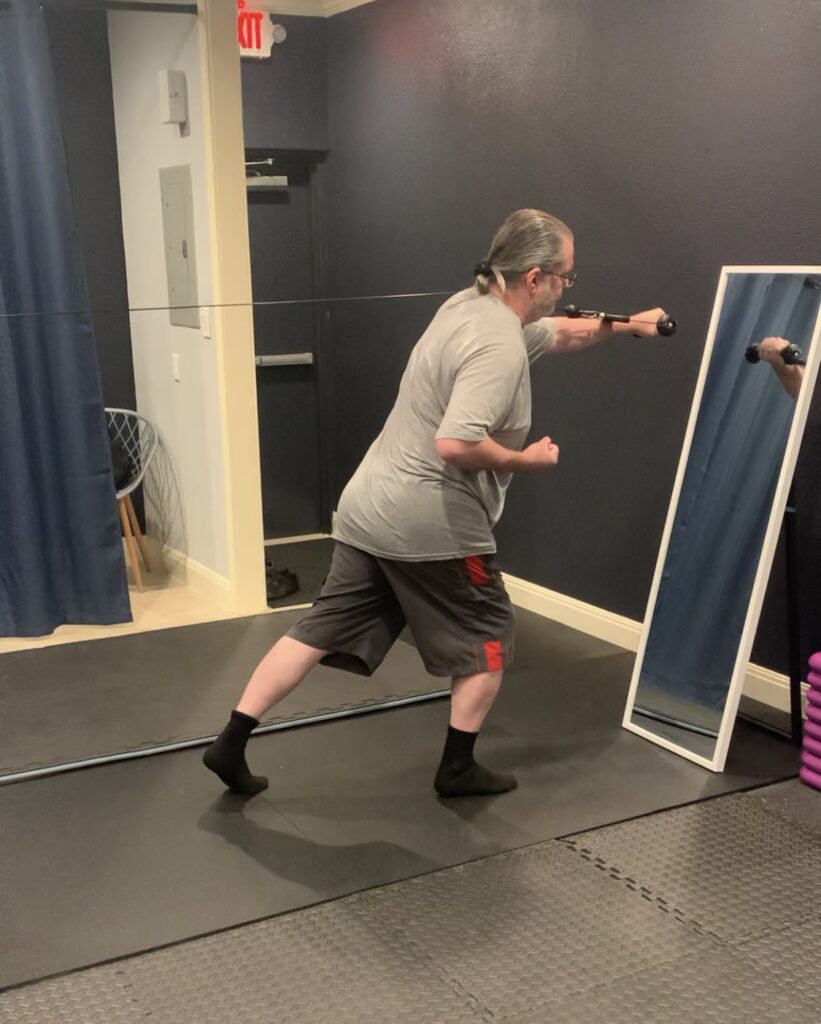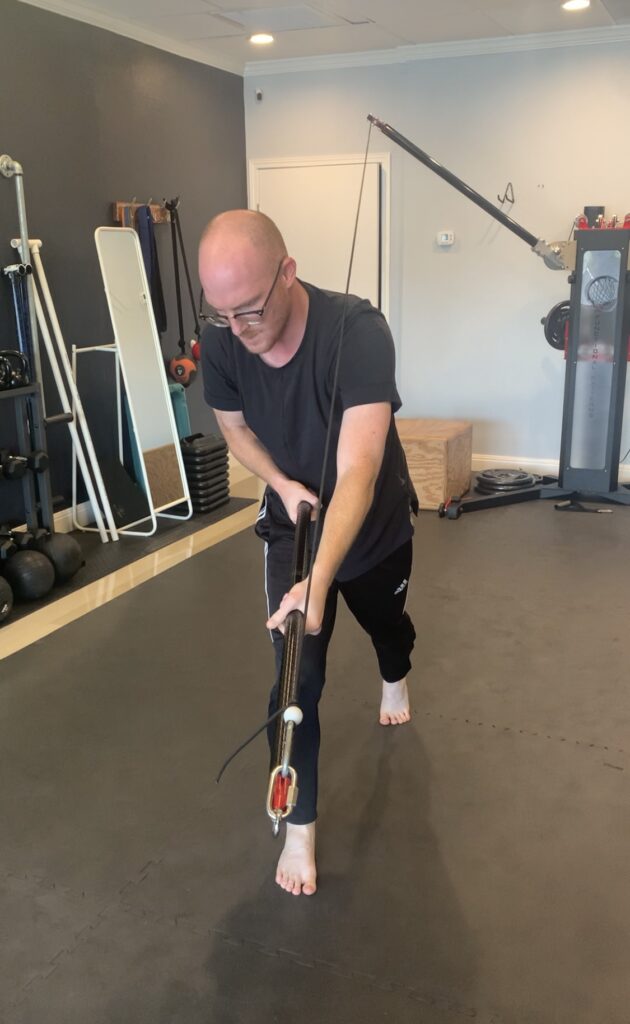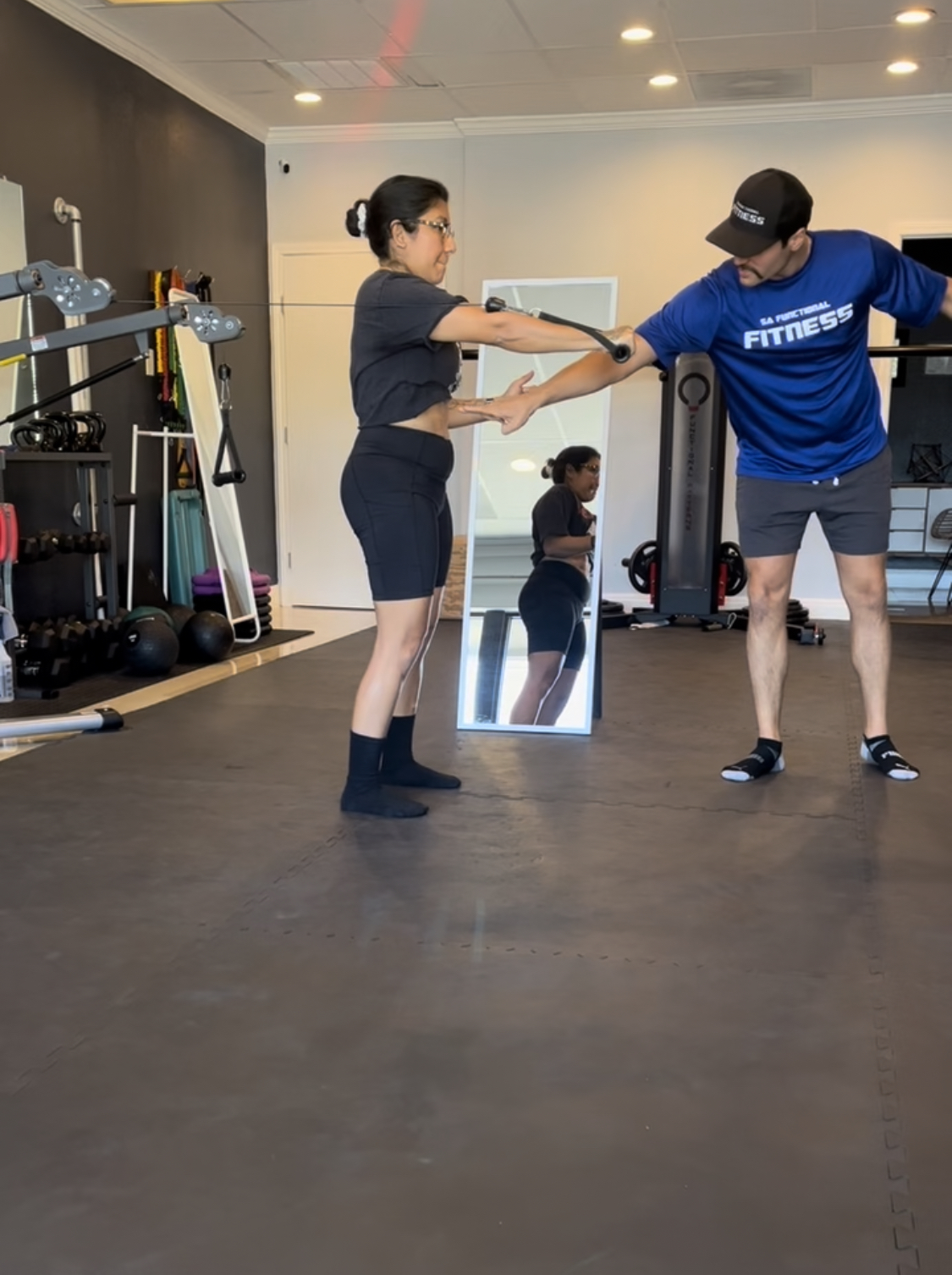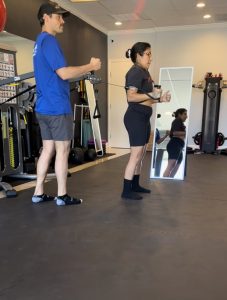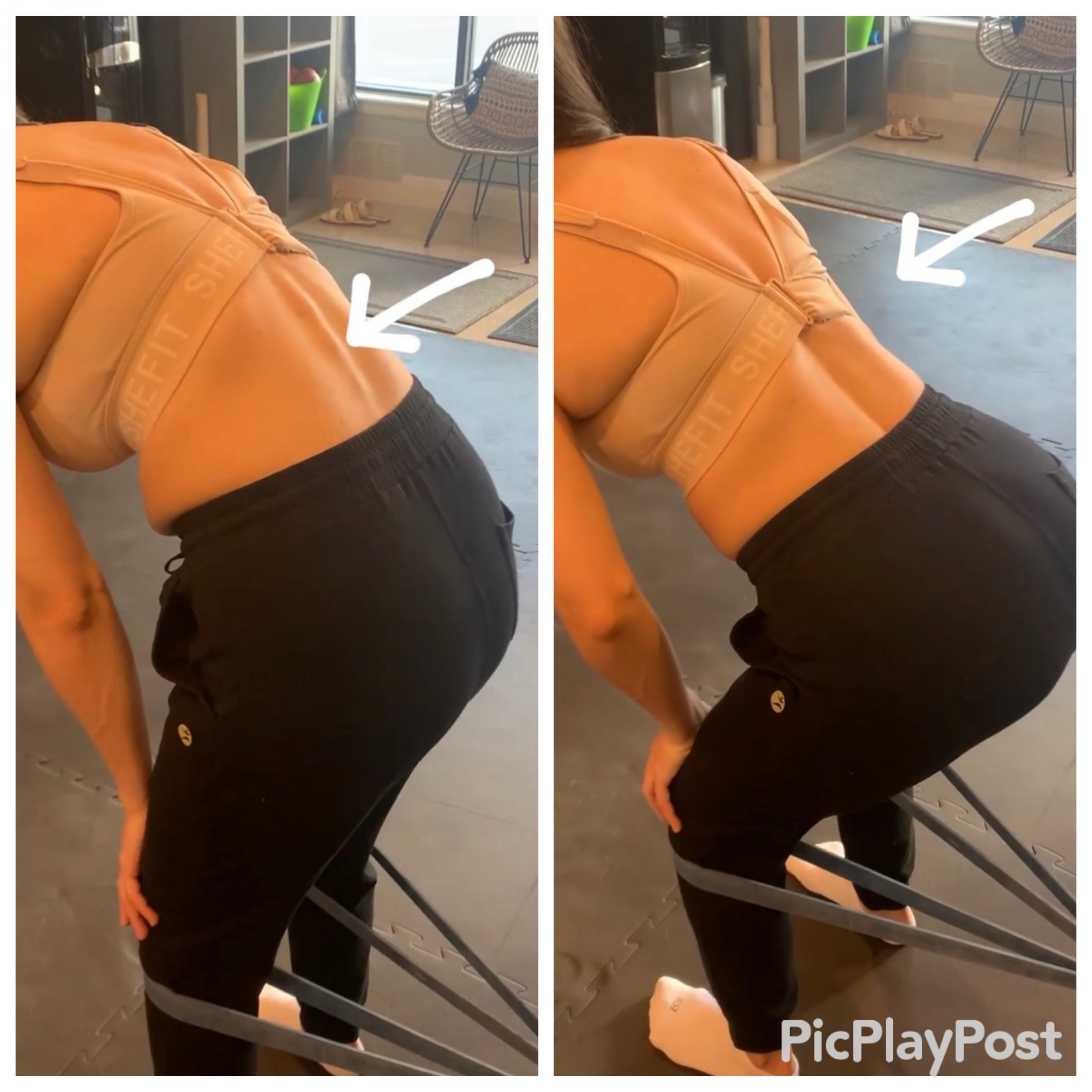What’s the point of having a “6 pack” or a strong chest if you can’t function at a basic level and walk more than a city block without some form of pain or discomfort; or if you are exercising regularly but regularly suffer from a stiff back or achey knees. Exercise is medicine for all of that- when implemented correctly.
Wake up and recognize that if you’re in some form of pain or your body doesn’t feel quite right there is something you can do about it. Educate yourself with Functional Patterns, the evolutionary standard in the fitness industry, find a new trainer, and rediscover your body and the way it was meant to move and feel- even as you age!
Working with a trainer for over a year without noteworthy changes in strength, most importantly strength gains without pains, is time and money you can’t get back. Not stronger arm muscles, but an entire body ready to function- function without any knee pains or back aches.
You only have one body and unless you’re on an active pursuit to take care of it and treat it right, the mainstream fitness industry will get the best of you. Tricking you into thinking that building muscle and getting stronger means you have to lift massive amounts of weight, or until your body “adapts” your joints might hurt and your lower back might feel stiff until it gets “stronger” etc.
FYI, your body WILL adapt… to whatever stimulus you’re putting it through. So if the way you train (or the way your trainer trains you) is harming your body then your brain will think it’s supposed to be that way and program it as normal. Then you’re stuck in the vicious cycle of trying to workout and be healthy but also hurting, poorly conditioned, and living with aches and pains. Spending more time and money “supplementing” your training with massages, chiropractic adjustments, physical therapy, acupuncture, and cryotherapy to recover from the gym. Only to go back to the gym to do the same harmful things that landed you there in the first place.
A trainer who’s evolved their skills with Functional Patterns techniques work to mitigate the need for all the “supplemental” practices and heal your body with a holistic approach to strength, flexibility, cardio, rehab, prehab, posture, and wellbeing all in one. A program that is sustainable and promotes longevity.
Challenge your trainer and insist on results that matter to you (playing tennis without knee pain, living without daily back pain, exercising without joint pain) or find another trainer!
